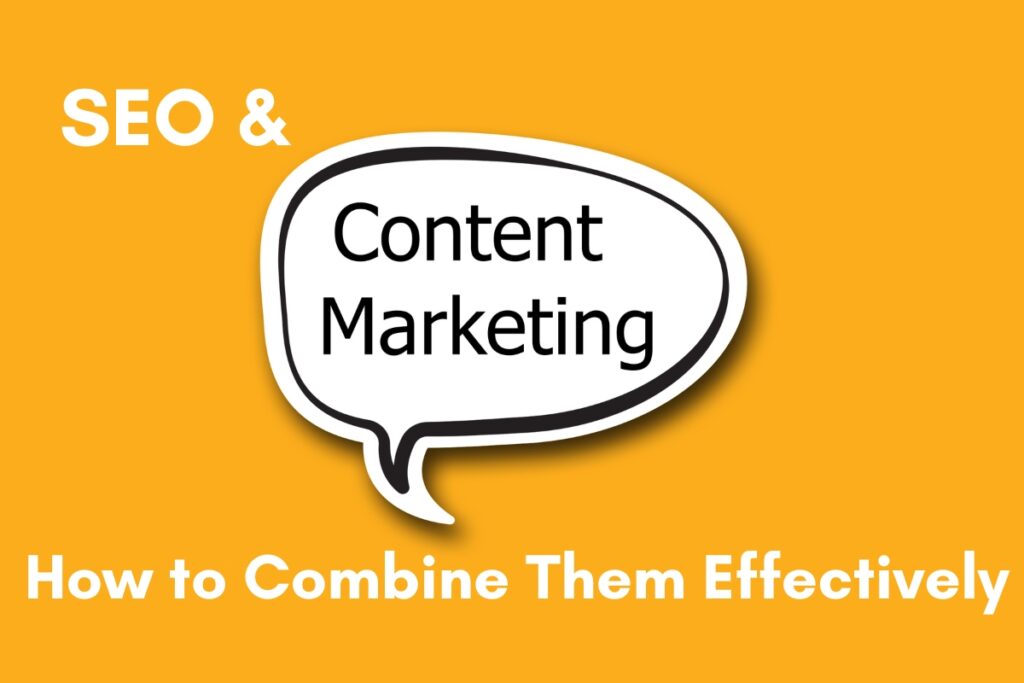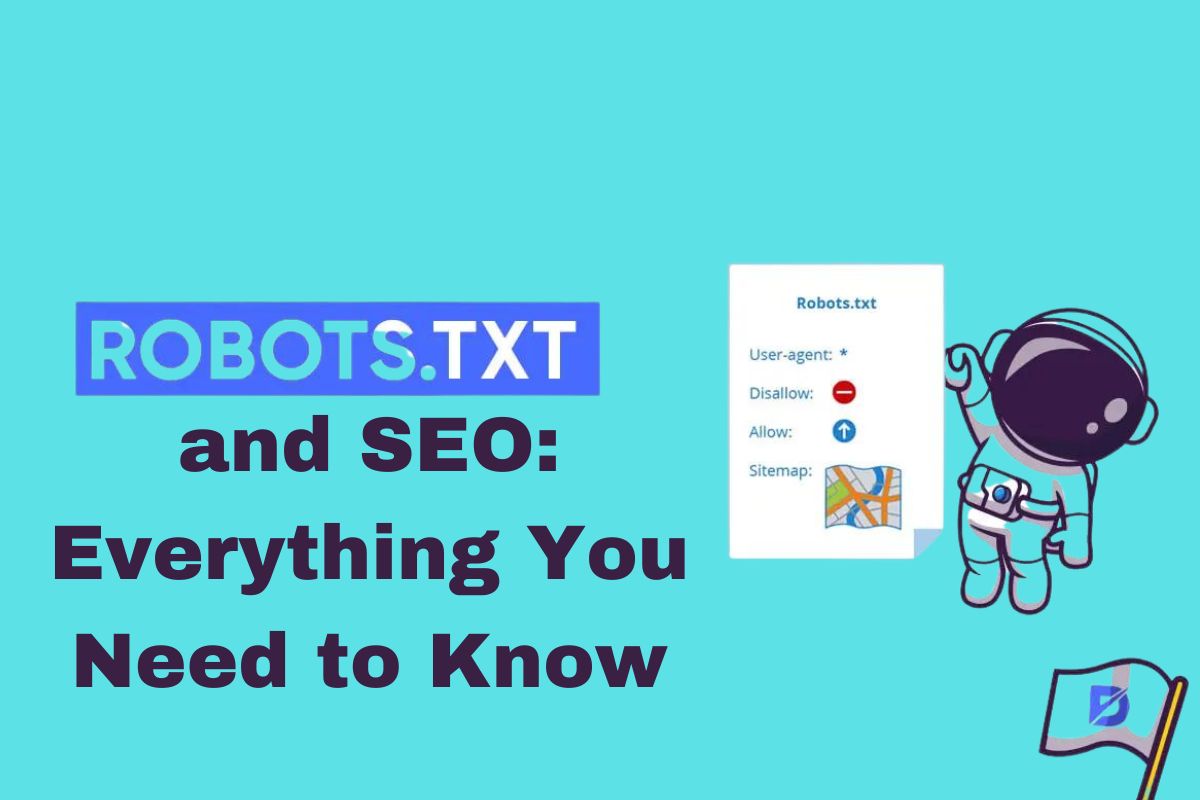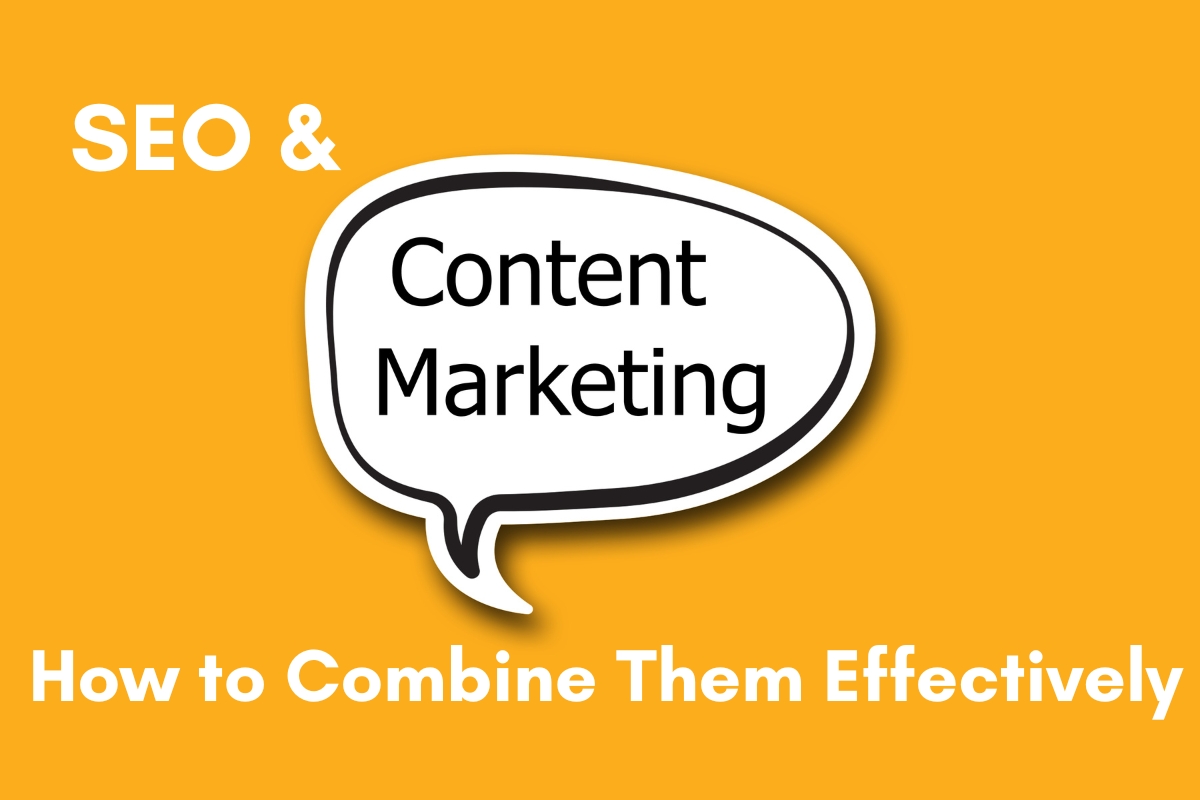Search engine optimization (SEO) and content marketing are two tactics that dominate the fast-moving field of digital marketing. Even though each has its own strength, when it gets involved, its full potential becomes apparent. You can build a powerful marketing system that generates organic traffic, increases brand awareness, and promotes enduring client relationships by expertly merging these two strategies.
Understanding the Symphony of SEO and Content Marketing
The process of increasing your website’s visibility in search engine results pages (SERPs) is known as SEO or search engine optimization. It’s similar to developing an engaging melody that draws visitors in. Likewise, content marketing focuses on providing users with interesting and useful information that encourages them to return for more. When combined, they create an appealing tune that invites people to your website, gets their curiosity, and eventually results in conversions and strong brand loyalty.
The Pillars of Effective SEO and Content Marketing Integration
Before you start combining SEO with content marketing, it’s important to know the core concepts that represent every single value.
Search Engine Marketing (SEO)
Keyword Research: Determine the search terms that users of your target audience use, then thoughtfully include them in your content.
On-Page Optimization: To increase search engine visibility, optimize the technical components of your website, such as the title tags, meta descriptions, and image alt text.
Link Building: Gain backlinks from trustworthy websites to increase the authority and credibility of your website.
Content Marketing:
Target Audience Focus: When creating content, it’s important to consider the needs, interests, and pain points of your audience.
High-Quality Content: Create useful, interesting, and educational content that addresses their questions and offers solutions.
Content Diversity: To cater to various kinds of preferences, provide a variety of content formats, including blog posts, infographics, videos, and social media content.
Strategies for Seamlessly Blending SEO and Content Marketing
After you understand the fundamentals of each discipline, it’s time to put them into an organized strategy. The following are some essential tactics for combining SEO and content marketing effectively:
Keyword-Driven Content Creation: Make use of the results of your keyword research to write content that seamlessly integrates pertinent search terms without losing readability or relevance.
Content Optimization for Search Engines: To increase the visibility of your content in search results, optimize its title tags, meta descriptions, and image alt text.
Content Promotion and Link Building: To draw the audience and get backlinks, promote your content using influencer partnerships, email marketing, and social media.
Content Repurposing and Cross-Promotion: To expand your audience and boost interaction, redesign your content into additional formats, like infographics or videos.
Content Analytics and Performance Tracking: Use SEO and content marketing metrics to regularly evaluate the effectiveness of your content in order to find areas that require improvement.
Tools and Resources to Enhance Your SEO and Content Marketing Efforts
To further enhance your SEO and content marketing efforts, make use of these beneficial tools and resources:
SEO Tools: Google Search Console, SEMrush, Ahrefs
Content Tools: HubSpot, BuzzSumo, CoSchedule
Keyword Research Tools: Google Keyword Planner, Semrush Keyword Magic Tool, Ahrefs Keyword Explorer
Content Analytics Tools: Google Analytics, Adobe Analytics, Parse.ly
Measuring Success and Refining Your Approach
Use key performance indicators (KPIs) to regularly assess the effectiveness of your content and SEO campaigns. Examples of KPIs include:
Organic Traffic: Monitor the volume of natural search engine traffic that arrives at your website.
Keyword Rankings: Keep an eye on how your website appears in search results for related keywords.
Content Engagement: To determine the level of engagement, examine metrics like time on page, comments, and social media shares.
Conversion Rates: Keep track of the number of visitors who complete a desired action, like purchasing something or subscribing to a newsletter.
To maximize outcomes and accomplish your intended goals, improve your content strategy and SEO techniques based on your KPI analysis.
Conclusion: The Power of Unity
When used together, SEO and content marketing can be very effective tools for businesses looking to build a loyal client base and a strong online presence. You can create a content masterpiece that connects with your audience and takes your brand to new heights by grasping the fundamentals of each discipline, putting strategies into practice, and utilizing pertinent tools. Keep in mind that content marketing and SEO are the cornerstones of an effective digital marketing strategy that promotes long-term success and growth, not just methods.
Frequently Asked Questions!
Q: What is the difference between SEO and content marketing?
Ans. SEO is the process of making your website more search engine friendly so that it appears higher in search engine results pages (SERPs). On the other hand, content marketing is the process of creating and sharing worthwhile, timely, and logical content to draw in and hold the attention of a specific audience and, eventually, encourage profitable consumer action.
Q: Why is it important to combine SEO and content marketing?
Ans. You can develop a full digital marketing plan that promotes maintaining customer relationships, increases brand awareness, and generates organic traffic by combining SEO and content marketing. While content keeps visitors interested and coming back for more, SEO helps you draw audiences to your website.
Q: What are some key strategies for combining SEO and content marketing?
Ans. The following are some crucial tactics for integrating SEO with content:
- Keyword-driven content creation
- Content optimization for search engines
- Content promotion and link-building
- Content repurposing and cross-promotion
- Content analytics and performance tracking
Q: What are some tools and resources I can use to enhance my SEO and content marketing efforts?
Ans. To help you improve your SEO and content marketing activities, there are a great deal of useful tools and resources at your fingertips. Popular choices consist of:
SEO Tools: Google Search Console, SEMrush, Ahrefs
Content Marketing Tools: HubSpot, BuzzSumo, CoSchedule
Keyword Research Tools: Google Keyword Planner, Semrush Keyword Magic Tool, Ahrefs Keyword Explorer
Content Analytics Tools: Google Analytics, Adobe Analytics, Parse.ly
Q: How can I measure the success of my SEO and content marketing efforts?
Ans. Key performance indicators (KPIs) like the following should be monitored in order to assess the effectiveness of your SEO and content marketing campaigns:
- Organic Traffic
- Keyword Rankings
- Content Engagement
- Conversion Rates
Q: What are some common mistakes to avoid when combining SEO and content marketing?
Ans. When combining SEO and content marketing, some common mistakes to keep clear of are as follows:
- Focusing on keywords at the expense of creating high-quality content
- Stuffing keywords into your content unnaturally
- Not promoting your content effectively
- Not tracking your results and making adjustments as needed
Q: How can I stay up-to-date on the latest SEO and content marketing trends?
Ans. You should read newspaper articles, attend webinars and conferences, and follow industry blogs to stay current on the newest developments in content marketing and SEO. Additionally, you can sign up for alerts and newsletters from resources and tools for content marketing and SEO.
“Regularly pruning the content on your website is just as important to developing a comprehensive digital strategy as combining SEO and content marketing. You may optimize user experience, raise search engine rankings, and improve overall site performance by getting rid of old, pointless, or poor content. See our Ultimate Guide: Best Practices for Content Pruning for a thorough overview of efficient content pruning techniques.”






